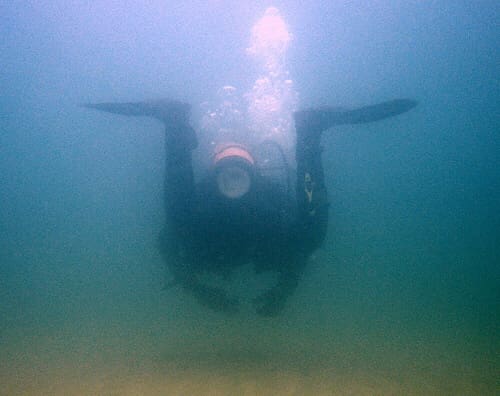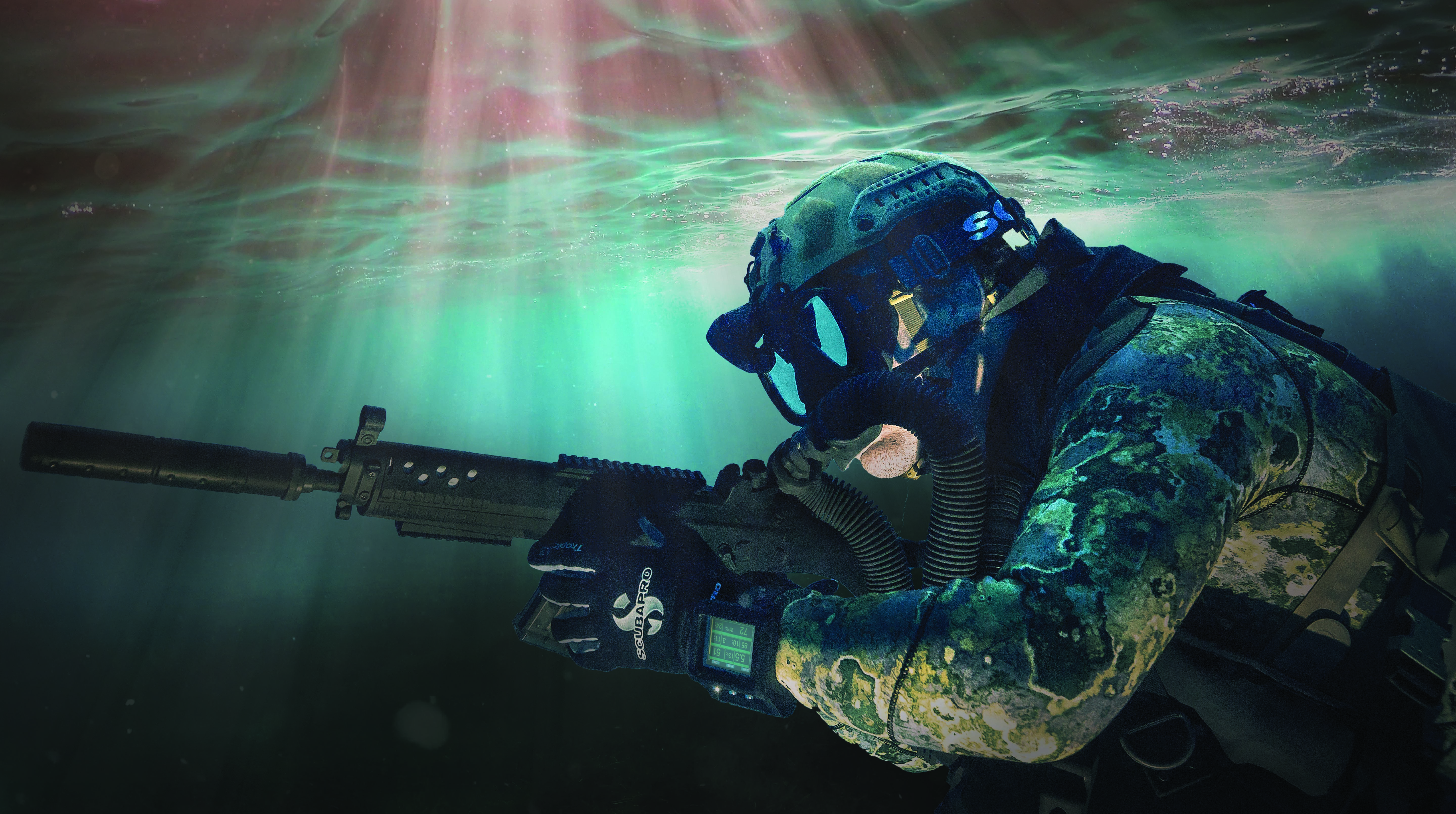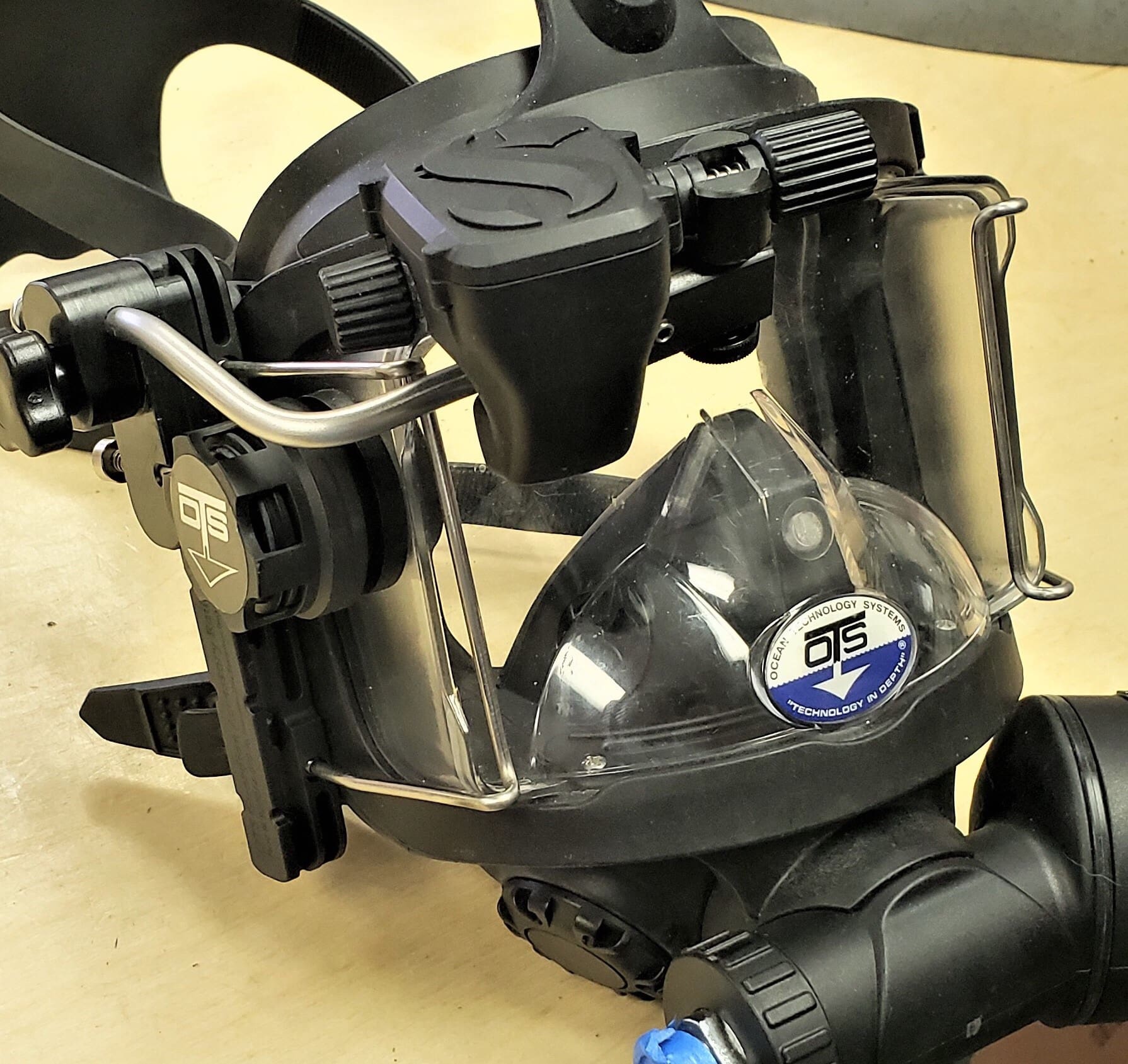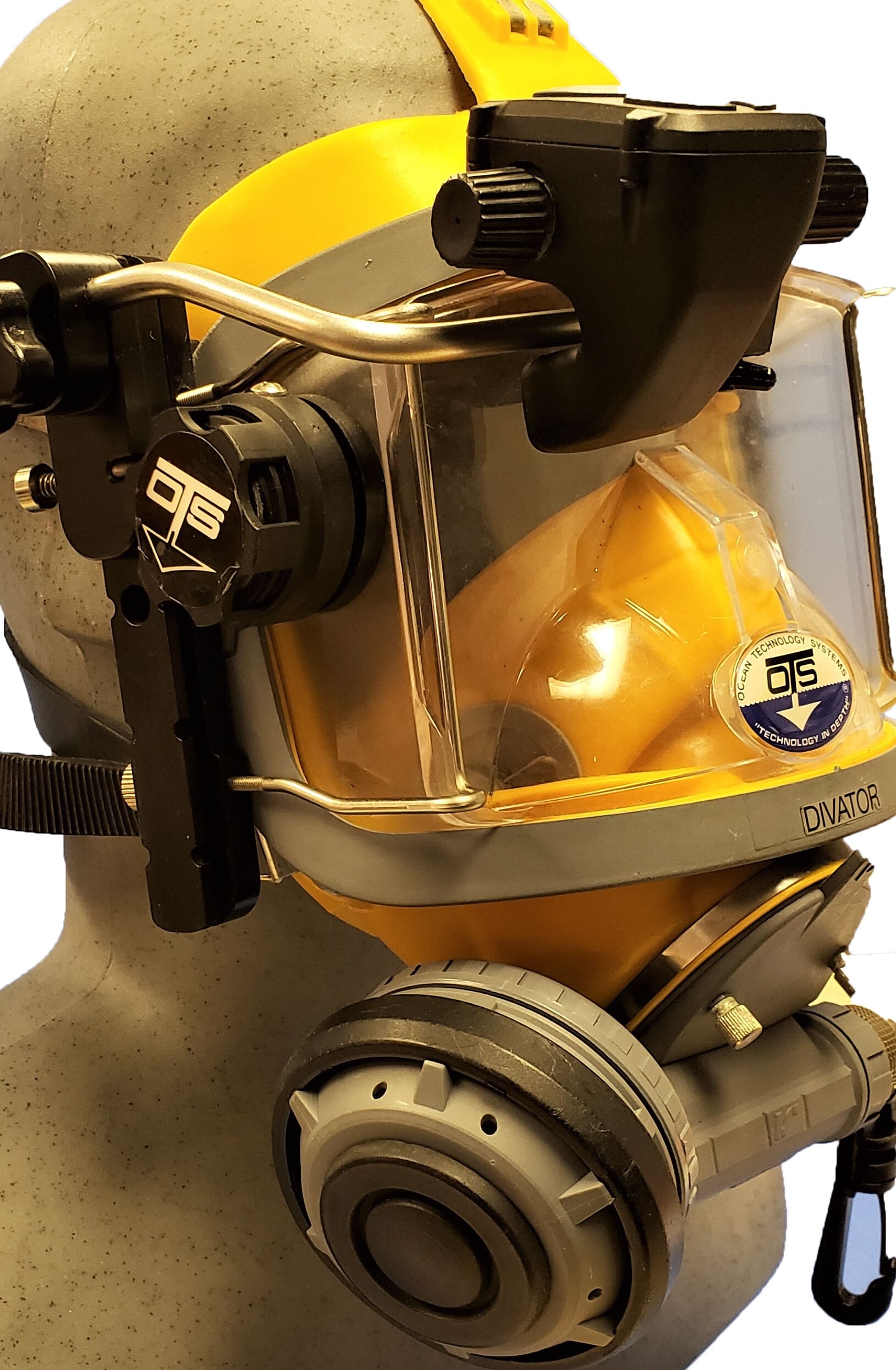Diving in low visibility is one of the worst-case scenarios you can find yourself in whether it is in the day time or night time. Sometimes it is a lot worse in the day then at night. I say that because at night you can turn on the backlights on your gauges/ computers to help you see them. In the day, it doesn’t help as much as you would hope/ want. Many things can cause low visibility, bad weather, the type of water you are in diving in a bay, a harbor, swamp, river or third world polluted. It can also be caused by stirred something up. When you stir silt up, it is often called a silt out. This term is used more in the cave/ tech world. Silt-outs happen when you kick up the fine sediment that is found by piers or in enclosed underwater areas, like wrecks, caves, and on the bottom of open water as well, and in particular in lakes.

Silt is a type of granular material that is finer than sand and is often light, much like the type of flour. As it is very light, it is easily disturbed by movement, either from waves, current, or a diver’s body or equipment. It is carried by water currents and accumulates inside areas that are protected like in bays, harbors, and caves. In a combat environment, it is a bad thing for a couple of reasons, and it tells people on the surface that someone or something is disturbing the bottom of the water. If you are lost, it will throw you off your timeline.
Because the visibility decreases to next to nothing, it can cause buddy separation, free ascents or descents. Inside enclosed spaces, it can be near fatal. We were doing a training exercise in a local military area.
One of the swim pairs got lost inside a Conex box that was in about 20’ of water. It took them two hours to find their way out. With no visibility, it is hard to find your way out of something like that, which can cause panic, which in turn leads to more frantic movement patterns. They did not panic, they kept following seems and found their way out, but it wasn’t easy.
Avoiding silt-outs
The best thing to do about silt-outs is to avoid them. Buoyancy and trim control is the best way to avoid stirring up silt. Buoyancy will help you stay at a certain depth, and Trim is the ability to stay level in the water, and it will help keep your legs and fins off the bottom. Next is a proper finning technique that goes with the right fin. Try and use a good bent knee cave kick. Make sure you have a fin that can be used for a good cave and frog kick (jet fins and Go Sports) this will help
keep you from accidentally hitting bottom. Proper training and confidence in yourself and gear will help you if you find yourself in a low visibility situation.

Should you find yourself in a low visibility situation.
1. Trust your gear and your training.
2. Maintain your depth. Notice any pressure changes in your ears from increasing or decreasing pressure and try to bring your dive computer or depth gauge close enough to your eyes to read it.

Sometimes you have to dive in a low vis situation. Like if you are part of a dive team and you are looking for something or someone. Again day time is worst then the night time because it is hard to look at your gauges. However, there is new technology that is out there that can help. A Heads-Up Dive Computer (HUD) can make it a lot easier to read you’re your gauges. A good HUD can tell you your air pressure, depth, Total time of dive, and a lot more. SCUBAPRO’s new Galileo HUD is a full dive computer with a build in GPS. Galileo Heads-Up Dive Computer (HUD). Most HUDs mount to your mask or somewhere you can see it without having to look down at your arm. They help tremendously with low visibility situations. They help you maintain your depth and also help you monitor your air pressure. SCUBAPRO’s can be mounted to different types of masks, it is was designed to be mount to a dual lens mask mainly, but it can also be mounted to the Frameless mask and full face masks, used by most search and rescue teams. I have been diving the SCUBAPRO Galileo HUD for a while now, and nothing beats it when it comes to having to dive in low visibility. It can be used for Search and Rescue, military operations, tech/cave, and recreation.


For more information contact ecrazz@clannfive.com

